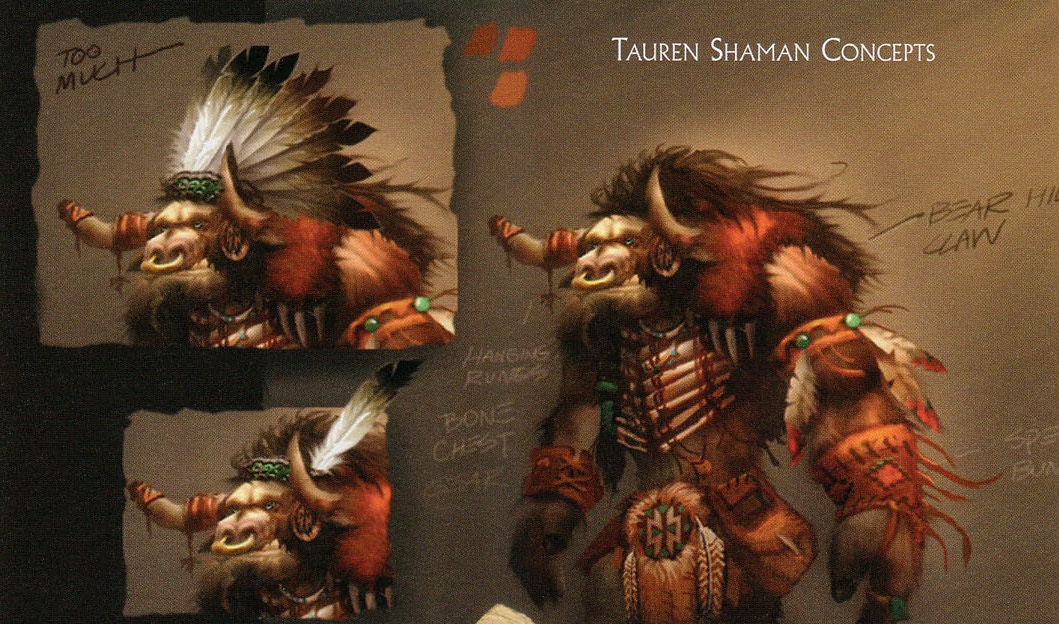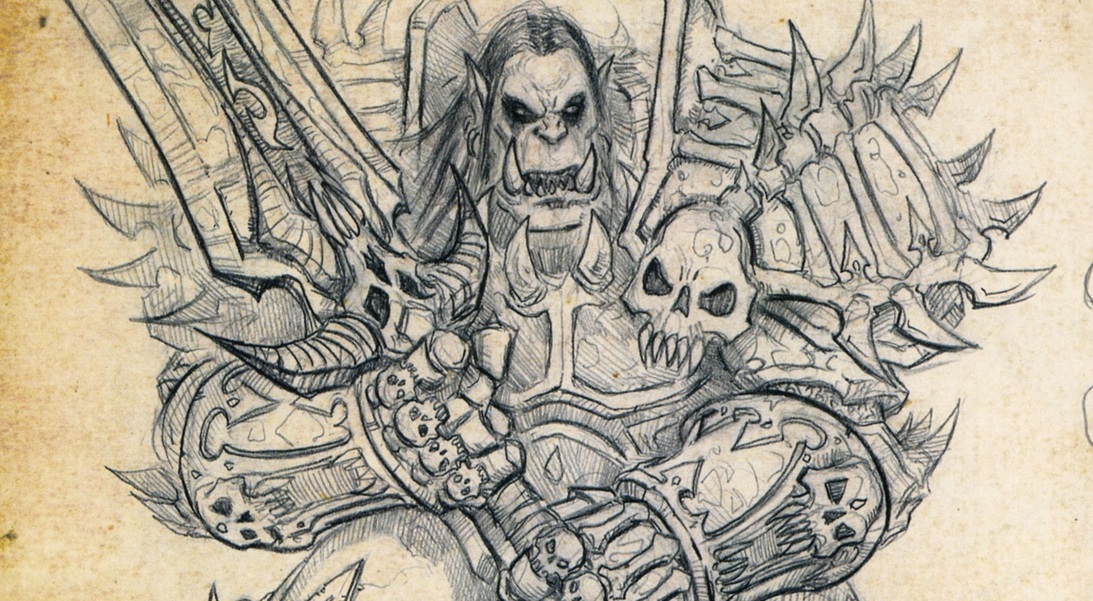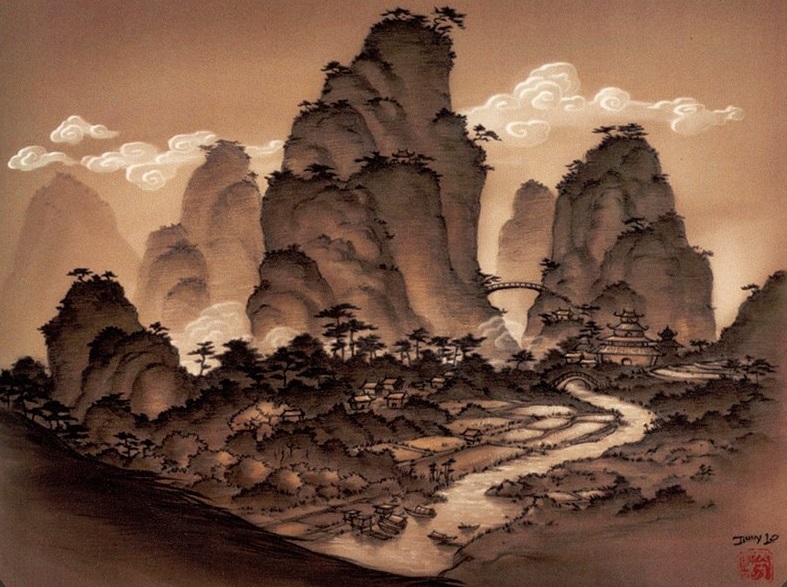US Gamer - How World of Warcraft was made
2018-08-25Speaking of oral histories, US Gamer has just published an epic ‘How World of Warcraft was made’ article that interviews many of the main players - current game director Ion Hazzikostas, principal artist Jimmy Lo, and technical director Patrick Dawson, as well as old hands like Rob Pardo and Greg ‘Ghostcrawler’ Street.
It’s a huge effort by writer Mike Williams, covering everything from the genesis of the game through to the launch of BfA, and there’s a tonne of great quotes, detail, and concept art.
Tauren Shaman concept artwork
One of the emerging themes from the article is how random or lucky things would become key planks of the Warcraft experience. Originally quests were meant to run out eventually and leave the player with an open sandbox to play with:
“That was our on-paper design. But pretty early on, once we were doing team play tests, what we learned was the moment that you ran out of quests in your quest log, the game just felt broken and people didn’t know what to do,” says Pardo. “It was definitely this big moment where the team was like, ‘Uh oh, I guess we have to do ten times as many quests as we thought we were going to do.’ But I think it’s one of those great moments that happen in game development, where once you find the nuggets that are really fun, you double down on it.”
Similarly the art team were originally heading down the realistic graphics path before they decided something more hand painted might work better, as Lo describes:
“When we first saw the human farm building in Westfall, that was the first time where I was like, ‘Wow, I think we got something here.’ It was also cool because it had a handcrafted feel to it because we were painting everything; we weren’t photobashing and using photo textures. It went with the word ‘Warcraft.’ It had the ‘craft’ in it. It’s kind of a cool, happy accident that came to be.” “…I think with WoW it turned out as this kind of stylized, timeless art style where it aged very well. It never really got outdated.”
As has been recounted before, the team were also somewhat blindsided by the popularity of the game. Things like the opening of the Gates of Ahn’Qiraj were so popular designers had to intervene directly:
“I think the WoW development team maybe wasn’t as well-oiled of a machine back then, because it actually came as a surprise to the engineering staff that we decided to funnel the entire population of World of Warcraft into a single area. Everybody was waiting for that moment all in the same area,” recalls Dawson. “We’re sitting here teleporting out level 30 characters-‘You’ve have no business being here and you’re just killing your server!'-and we’re doing this by hand just trying to make it.”

Orc Death Knight concept artwork
Greg Street talks about how the Cataclysm rejig started as a mission to refresh a few zones that were showing their age into something far greater (which perhaps explains why it wasn’t wholly successful):
“And so what started out as a series of surgical projects ended up with probably redoing 70 percent of the world in a very fundamental way. And so that was redoing 60 levels worth of content, redoing 70 percent of the entire [outdoor environments] from 2004, while also making five brand-new zones for leveling players from 80 to 85, and the new dungeons, new raids, and everything else. That was a tremendous undertaking.”
He also discusses how Mists of Pandaria was intially badly received by the playerbase:
“The mistake we made was we imagined that all WoW players loved the idea of a Pandaren, which had been originally kind of designed as a joke,” Street adds. “I think in retrospect if we had just made an Asian-inspired continent and had the Pandaren race, but not made them the focal point? Not named the expansion after it, not put a Pandaren Monk on the box, we probably wouldn’t have gotten that response. People saw the Pandaren and I think that was when they’re like, ‘Wow, they’re forsaking their roots.'”

Mists of Pandaria concept artwork
Pandaria ended up being a player favourite, but (probably due to development lead times) Blizzard responded by building the polar opposite in Warlords of Draenor - as the author puts it, “If Mists of Pandaria was a lighter Chinese opera, Warlords of Draenor was literally death metal.”. And we all know how that turned out.
It’s a great article and a must read if you’re a fan of the game.